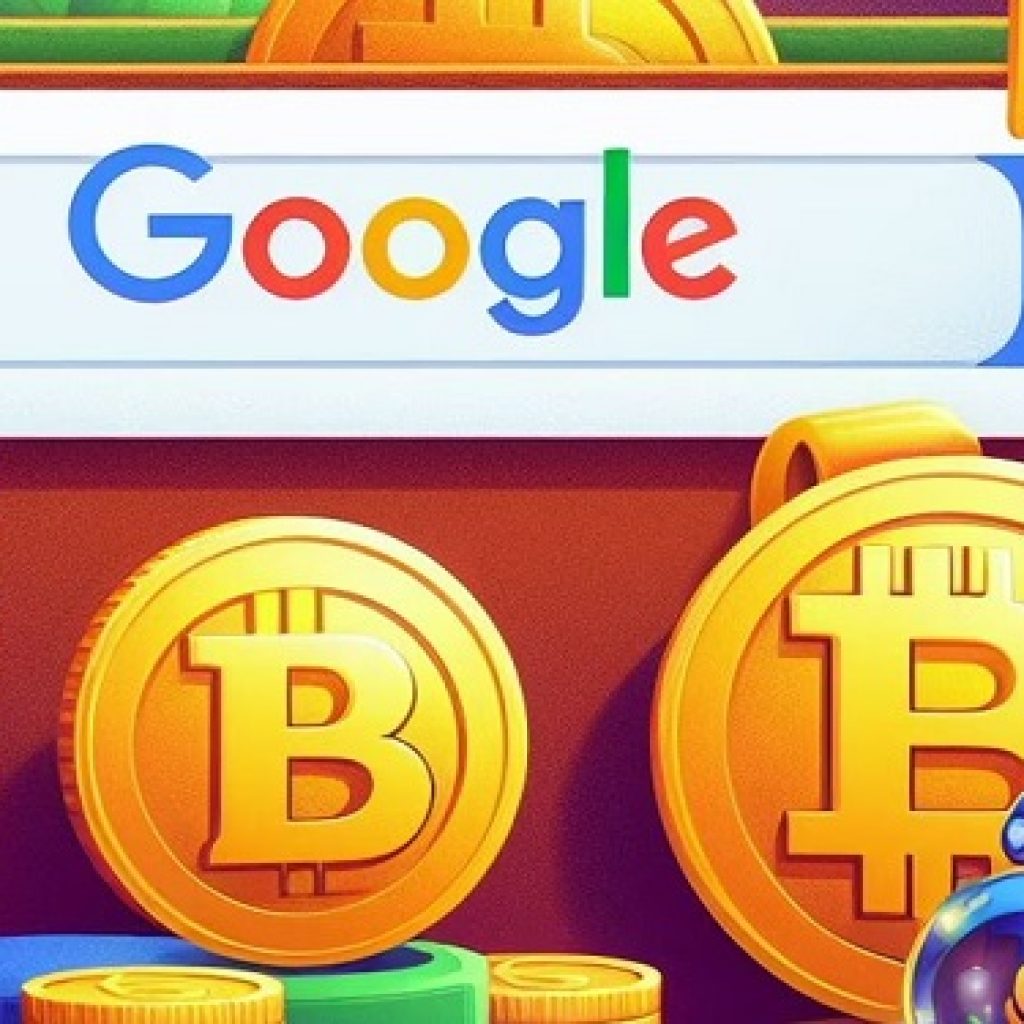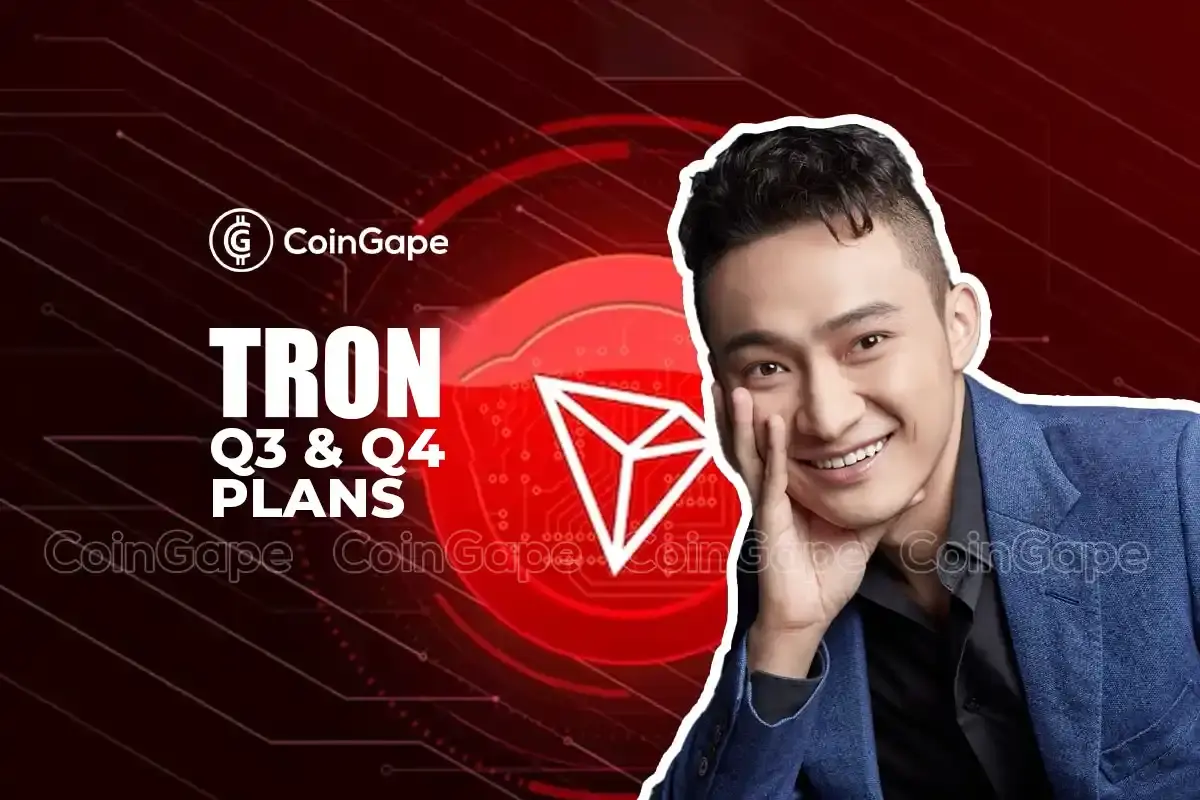Circle, the leading issuer of the USDC stablecoin, has unveiled a new addition to its Web3 Services lineup with the launch of Programmable Wallets.
Programmable Wallets catalyze developers, allowing them to embed secure crypto wallets into any application and harness the speed and global reach of Web3 technology for their users.
Circle believes this product bridges the gap between traditional internet platforms and blockchain networks, enabling developers to iterate on applications faster while abstracting complexities such as private critical security, blockchain node operations, and transaction management.
Circle Launches Programmable Wallets
Since the introduction of USDC in 2018, Circle has been committed to delivering infrastructure that enhances the user experience with blockchains.
Per the announcement, USDC has gained widespread adoption across multiple networks, and earlier this year, Circle introduced the Cross-Chain Transfer Protocol (CCTP), enabling the seamless and native flow of USDC across blockchains.
This protocol has played a significant role in unifying liquidity in the Web3 ecosystem and further enhancing user experience.
Programmable Wallets offer developers flexibility, recognizing that wallet requirements differ across various industries and use cases. For instance, financial management, trading, and decentralized finance (DeFi) applications necessitate user-controlled wallets that maximize ownership and security.
On the other hand, game developers may require wallets capable of initiating asset transfers without disrupting gameplay. At the same time, e-commerce companies might seek to issue loyalty tokens without burdening merchants and users with additional signing steps.
Circle empowers developers to tailor the wallet experience to their specific use cases by providing a customizable wallet infrastructure, ensuring customer satisfaction without compromising security or usability.
According to the announcement, with this new feature, developers can configure wallets according to their desired user experience, selecting the optimal security and control settings for their applications.
Circle’s comprehensive APIs and Software Development Kits (SDKs) offer developers the flexibility to support their unique app requirements.
With the inclusion of USDC, CCTP, Programmable Wallets, and a wider range of Web3 Services, Circle aims to simplify the development, deployment, and scaling of blockchain-powered applications across various use cases and blockchain networks.
MPC Encryption For Ethereum, Avalanche, and Polygon
Programmable Wallets enhance security for Ethereum (ETH), Avalanche (AVAX), and Polygon (MATIC) by incorporating Multiparty Computation cryptographic security into all wallets.
MPC is a cryptographic technique that distributes the private key across multiple devices or nodes, eliminating the need for a single point of failure. This significantly reduces the risk of unauthorized access and potential breaches.
By leveraging MPC technology, Programmable Wallets ensure that private keys are securely managed and protected.
Furthermore, Programmable Wallets abstract complexities such as private key security and blockchain node operations, shielding developers from potential security pitfalls. This allows developers to focus on building their applications while relying on Circle’s security measures.
In addition to MPC-based security, Programmable Wallets offer developers the flexibility to configure wallet security and control settings based on their specific use cases. This enables developers to tailor the security measures to their application’s requirements, balancing usability and protection.
Programmable Wallets enhance the overall security posture of applications built on Ethereum, Avalanche, and Polygon by providing a secure and customizable wallet infrastructure.
Developers can leverage these wallets to offer users a robust and secure wallet experience, minimizing the risk of unauthorized access, fraudulent transactions, and other security vulnerabilities.
Featured image from Unsplash, chart from TradingView.com





